Leading market players are extensively investing in research and development to extend their product lines, which will help the ceramic fiber market grow even more. Market participants are also engaging in a number of strategic initiatives to grow their worldwide presence, with significant market developments including new product launches, contractual agreements, mergers and acquisitions, increased investments, and collaboration with other organizations. Ceramic fiber industry must deliver cost-effective products in order to expand and thrive in a more competitive and expanding market climate.
Manufacturing locally to reduce operational costs is one of the primary business strategies adopted by manufacturers in the global ceramic fiber industry to serve clients and expand the market sector. In recent years, the ceramic fiber industry has provided some of the most significant benefits to medicine. Major players in the ceramic fiber market, such as Morgan Advanced Materials (UK), Unifrax (US), Luang Energy_Saving Materials CO., LTD. (China), Ibiden (Japan), HarbisonWalker International (US), and others, are attempting to increase market demand by investing in research and development operations.
Morgan Advanced Materials is a manufacturer of specialized products made from carbon, advanced ceramics, and composites. The corporation is based in Windsor, England, and has 85 locations in 30 countries. It is a public limited company that is traded on the London Stock Exchange and is part of the FTSE 250 Index. The six Morgan brothers (William, Thomas, Walter, Edward, Octavius, and Septimus) began their careers in the City of London as importers and exporters under the name "Druggist Salesmen and Hardware Merchants." The brothers saw an American crucible created using a novel technology at the Great Exhibition of 1851.
In September 2020, Morgan Advanced Materials Plc acquired Carbo San Luis, a mineral product manufacturer and in 2021 company collaborated with The Midlands Industrial Ceramics Group and thus positioning them as the world leader in advanced ceramics.
KIST (Korea Institute of Science and Technology) is a multidisciplinary research institute in Seoul, South Korea. It was the first multidisciplinary scientific research institute in Korea, founded in 1966, and has made major contributions to the country's economic development, particularly during the years of accelerated expansion in the 1970s and 1980s. It employs about 1,800 research scientists, visiting scientists, fellows and trainees, and foreign scientists engaged in basic research in a variety of scientific and technological domains. In April 2020, DACC Carbon and the Korea Institute of Carbon Convergence Technology have partnered.
This collaboration aided the institute's research and development work on composite materials and ceramic fibers for ultra-high temperatures.
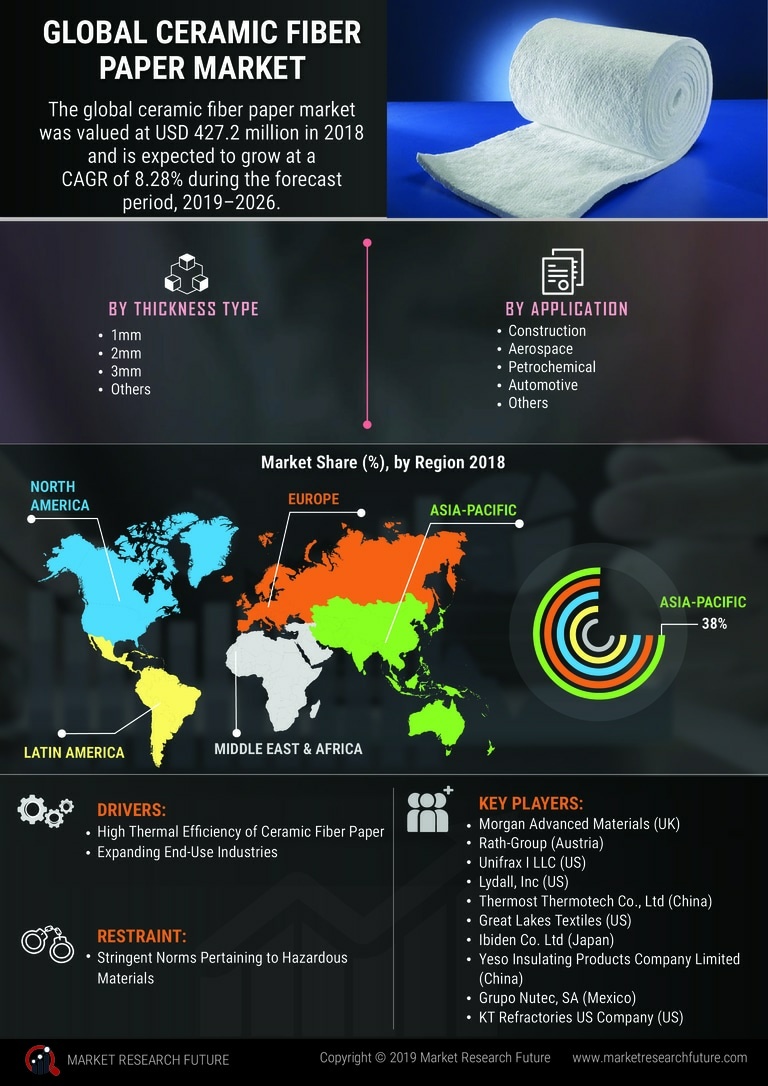

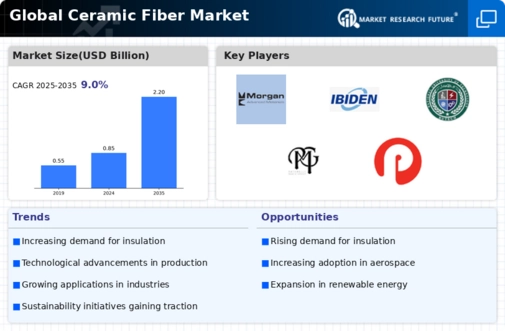
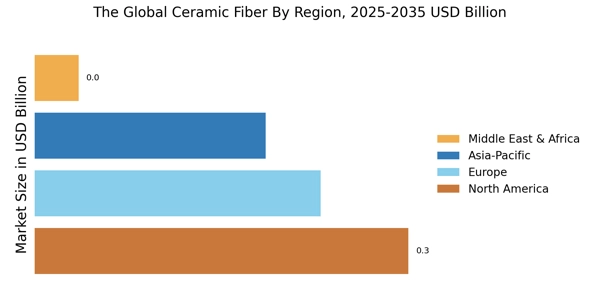
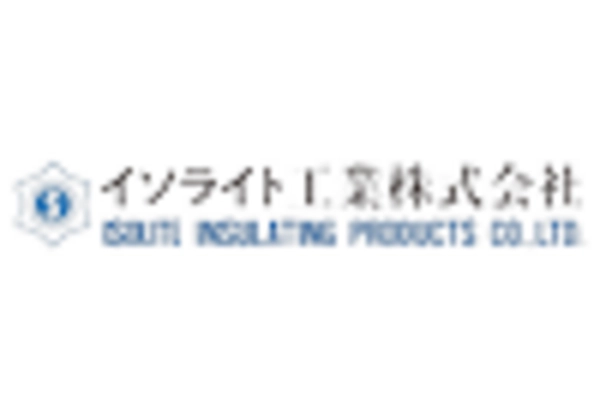
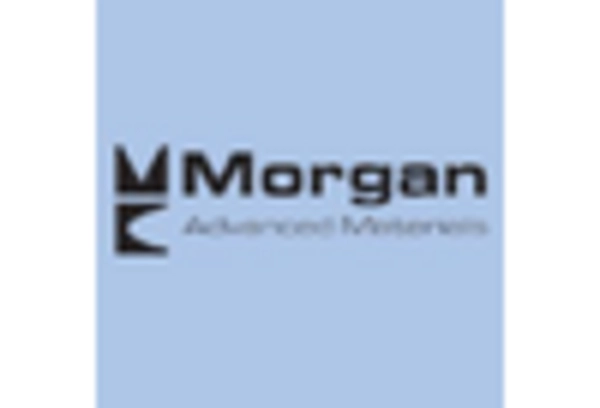

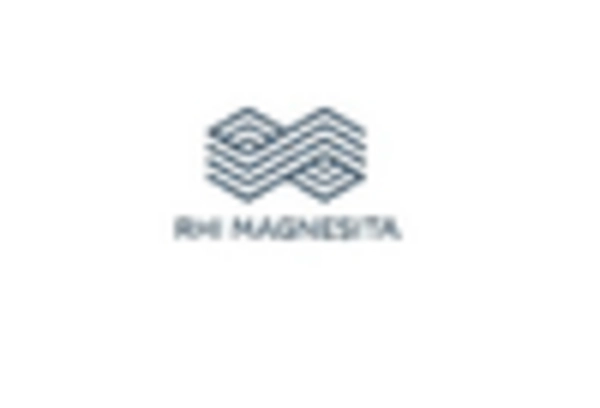
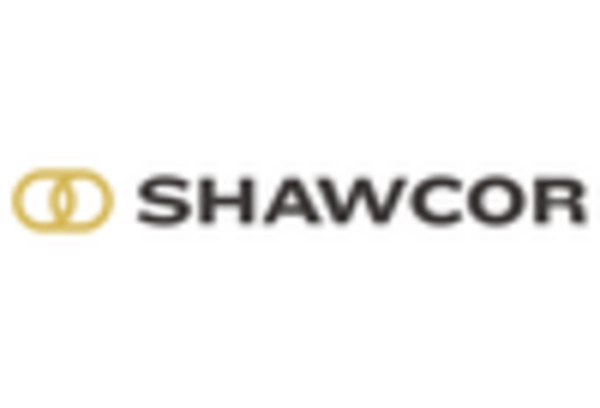
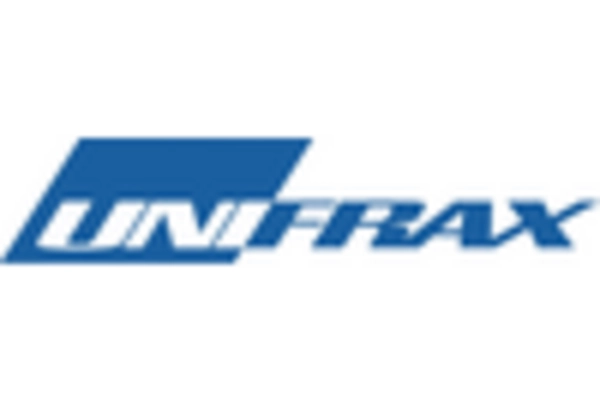








Leave a Comment